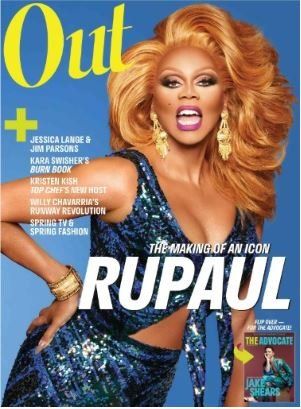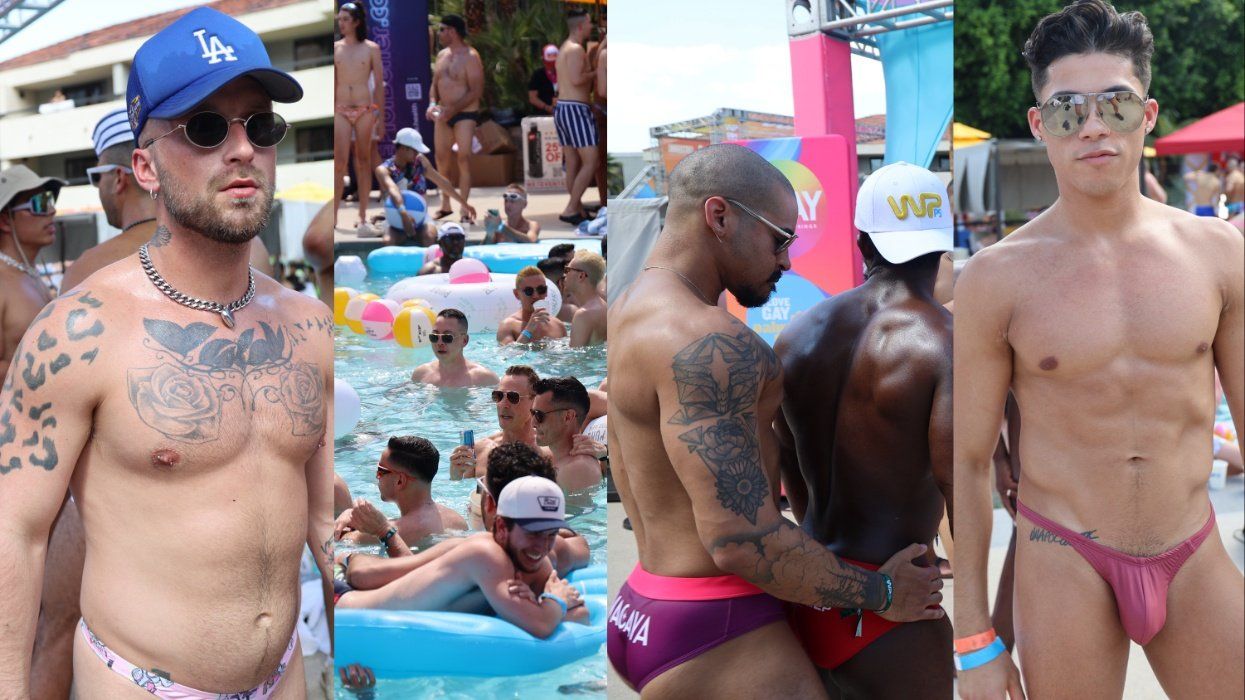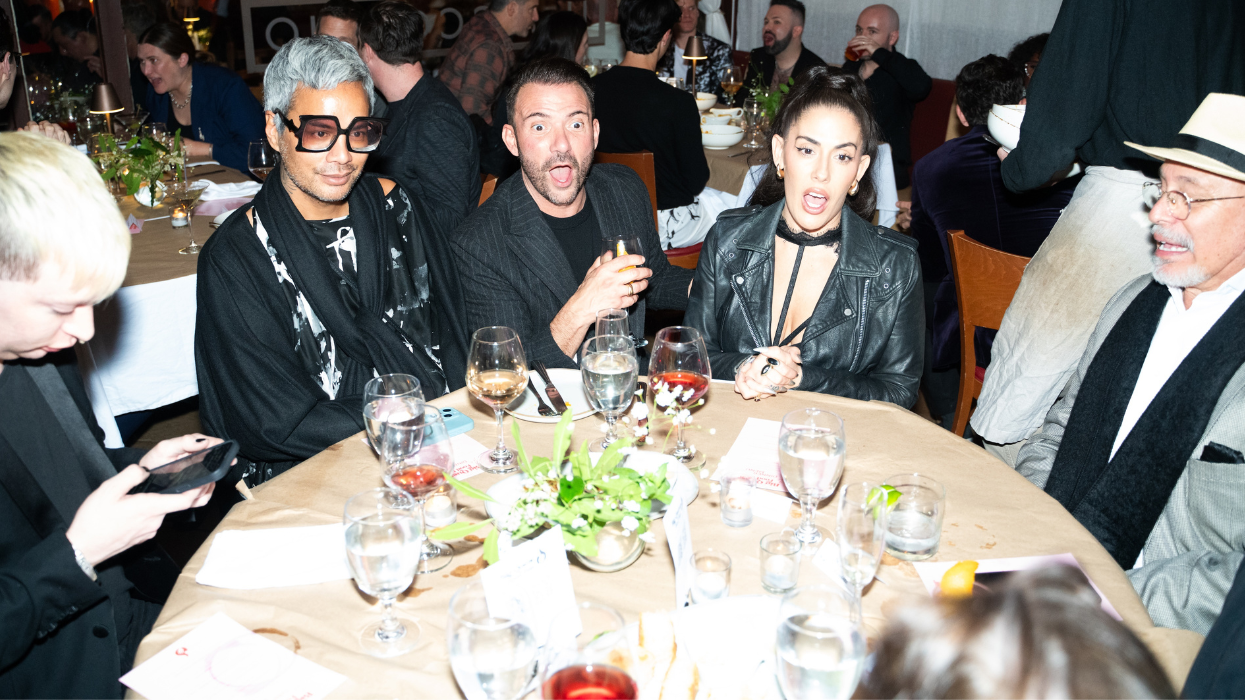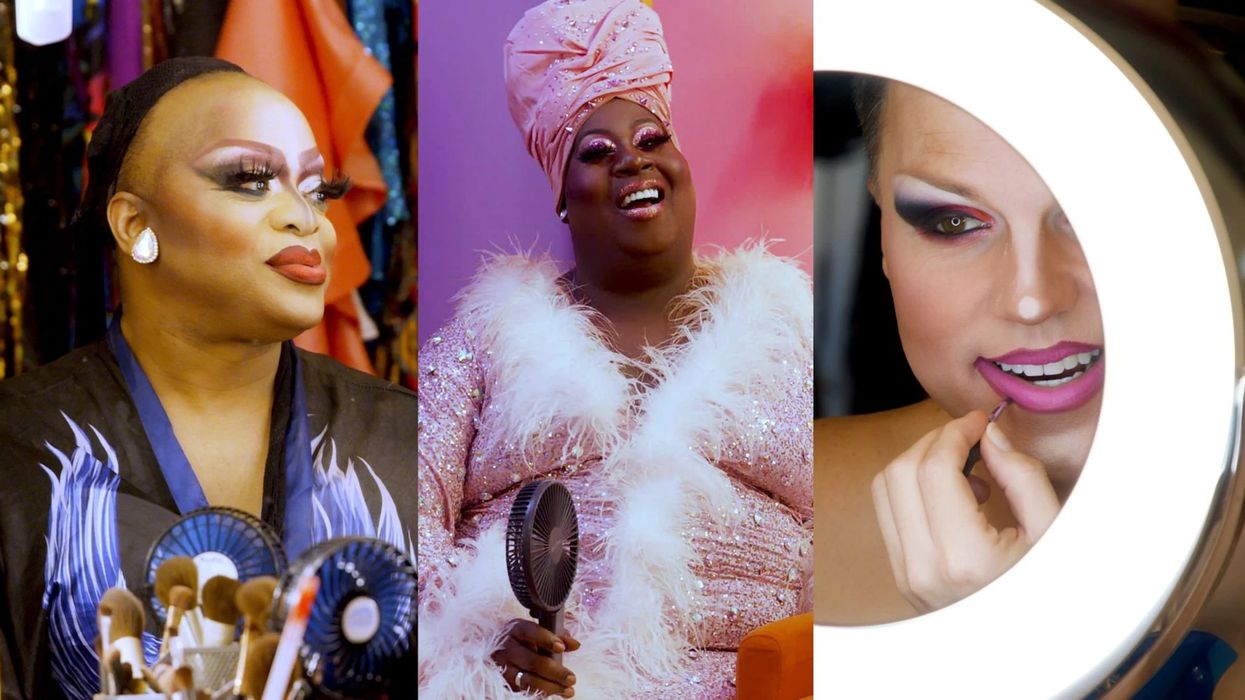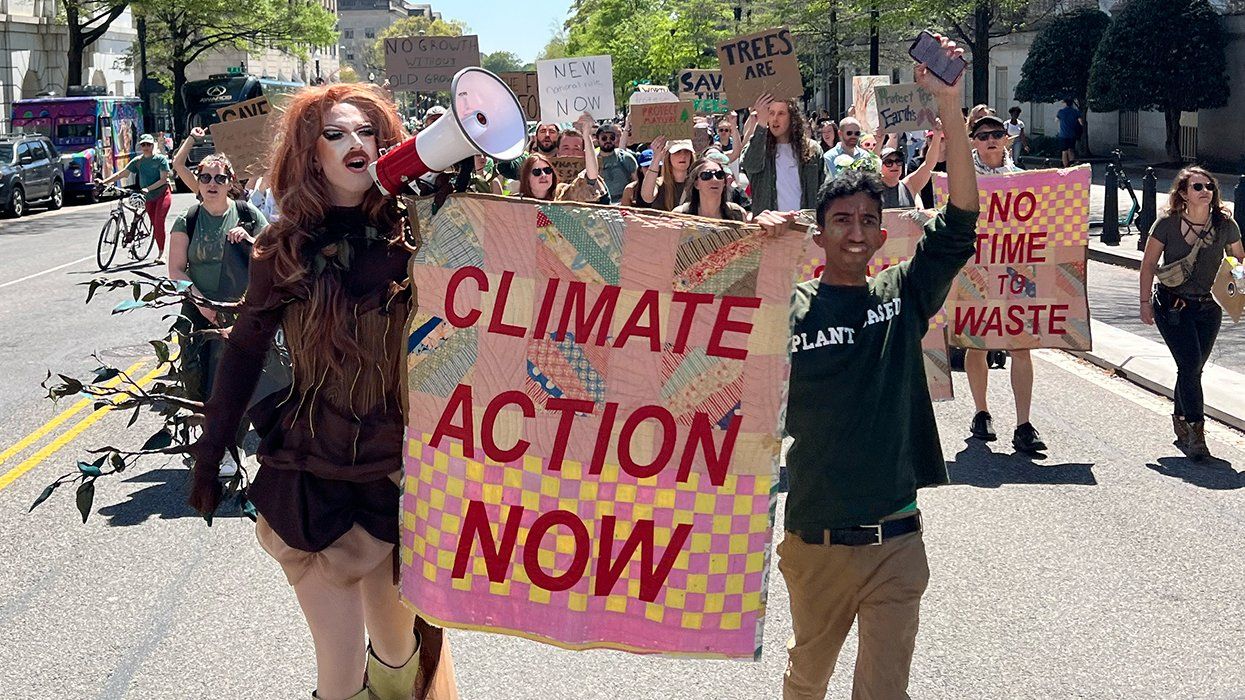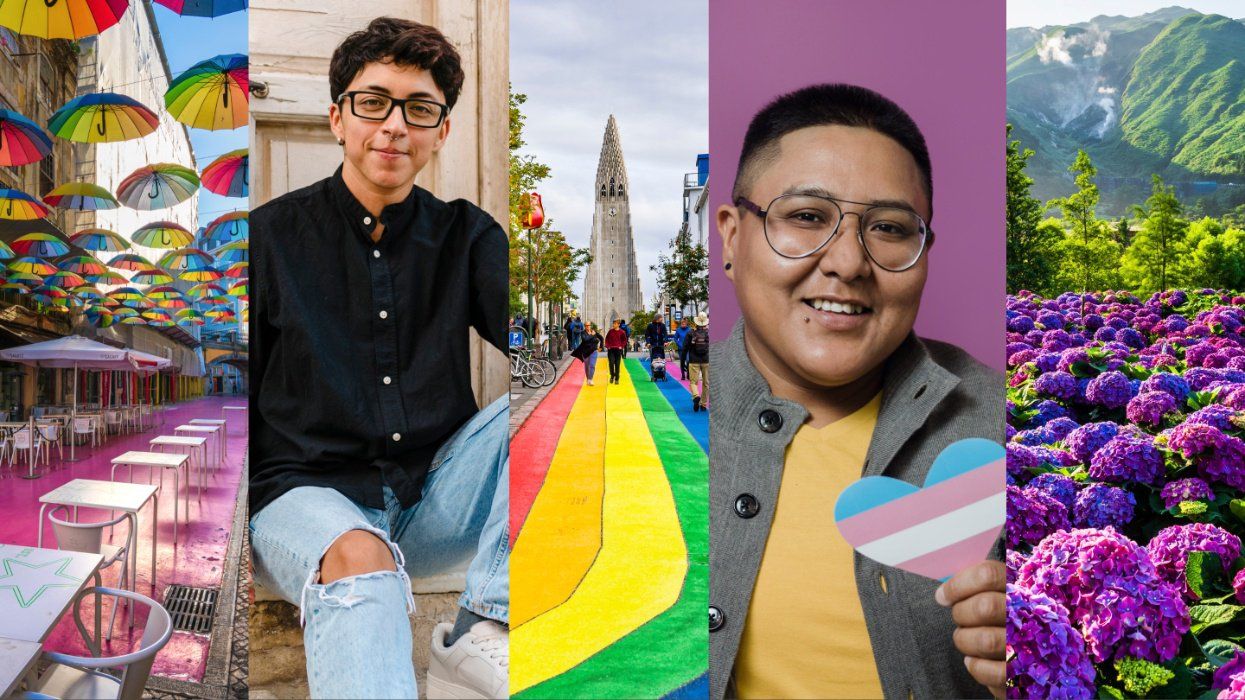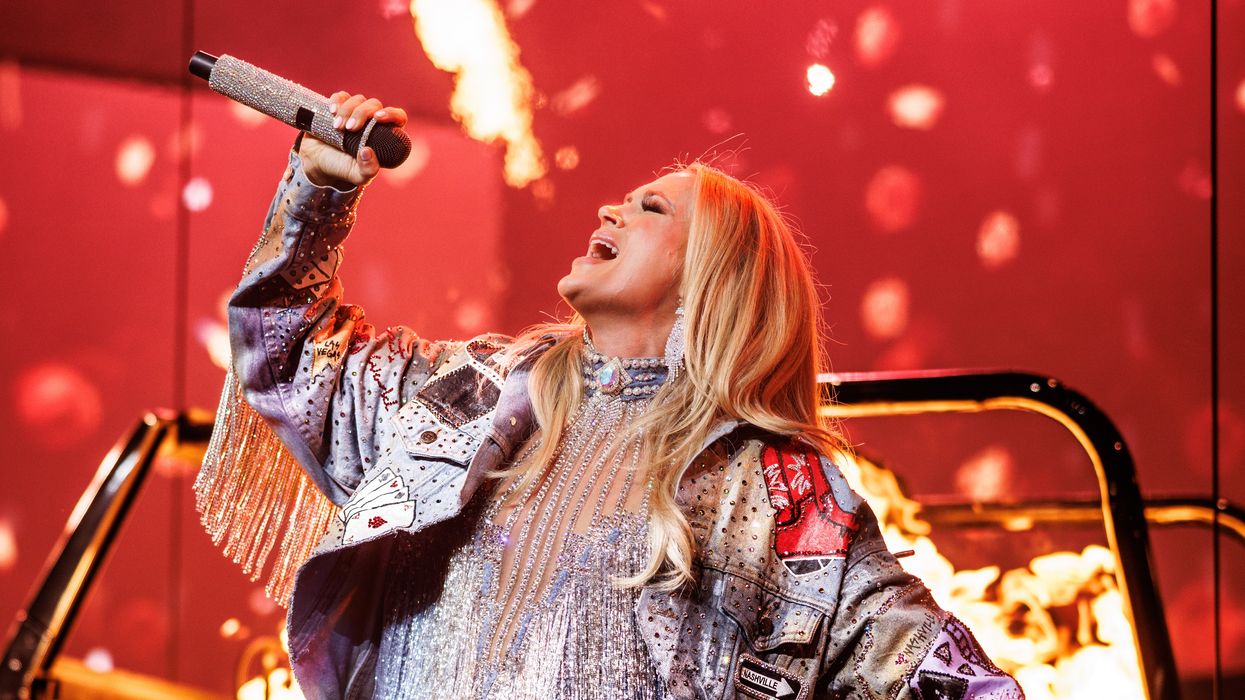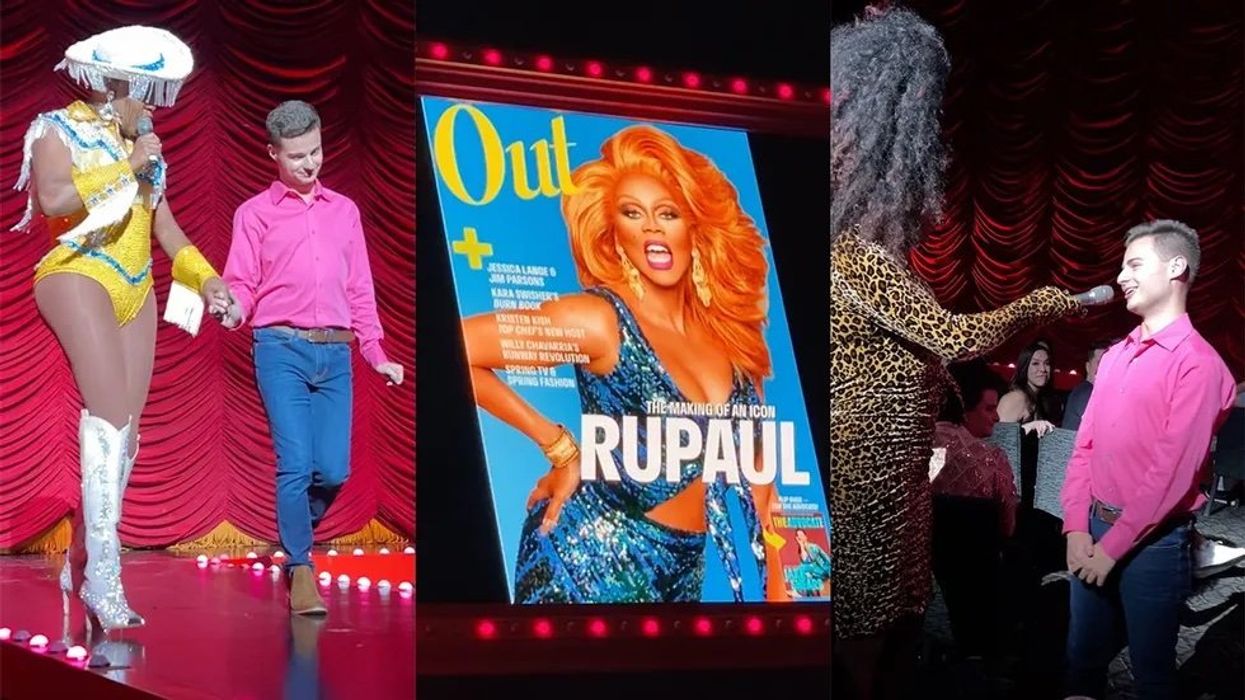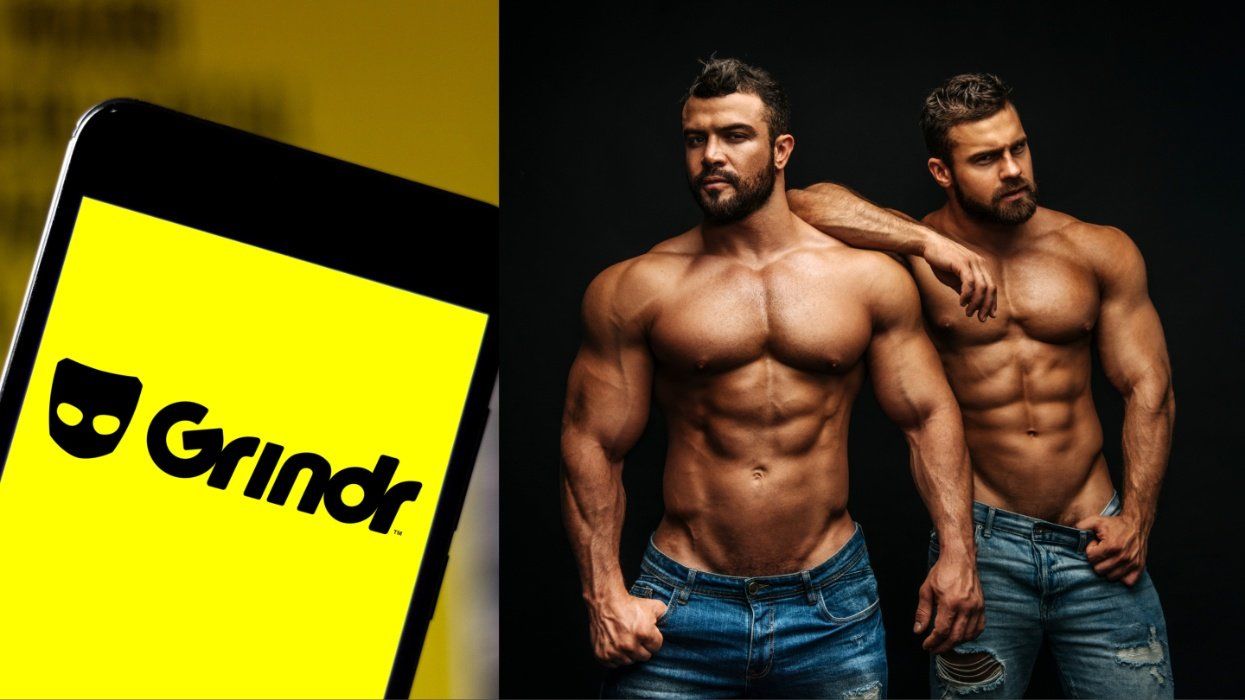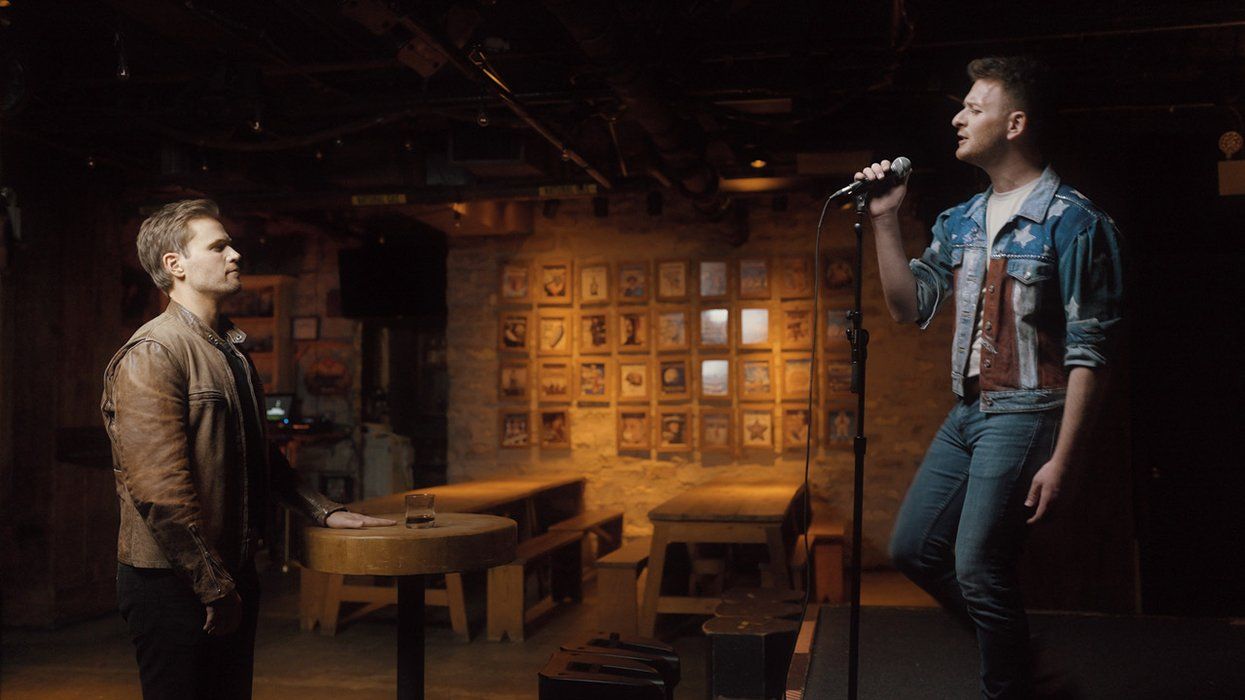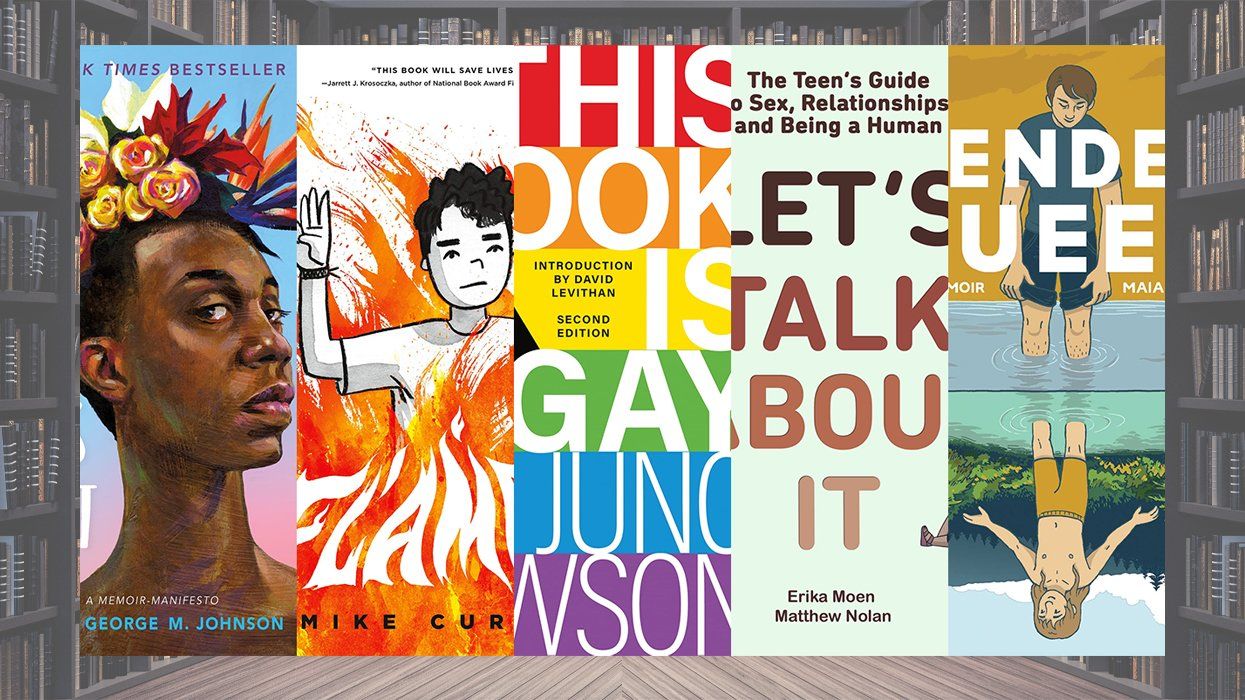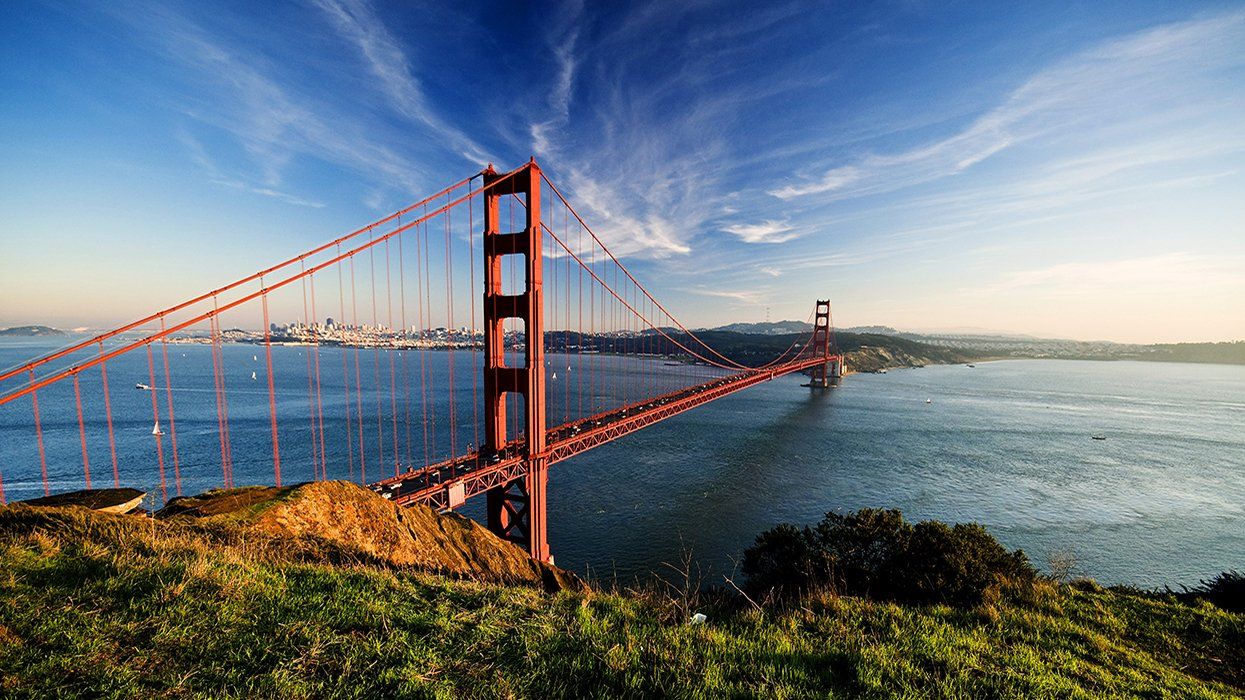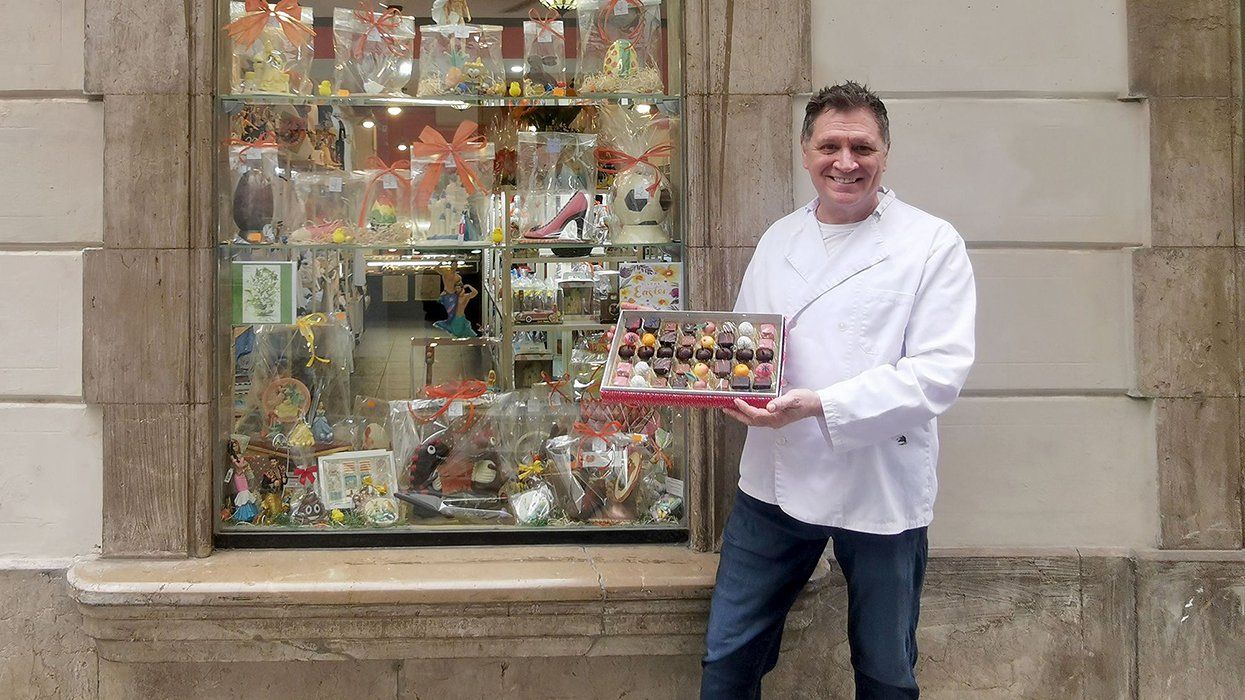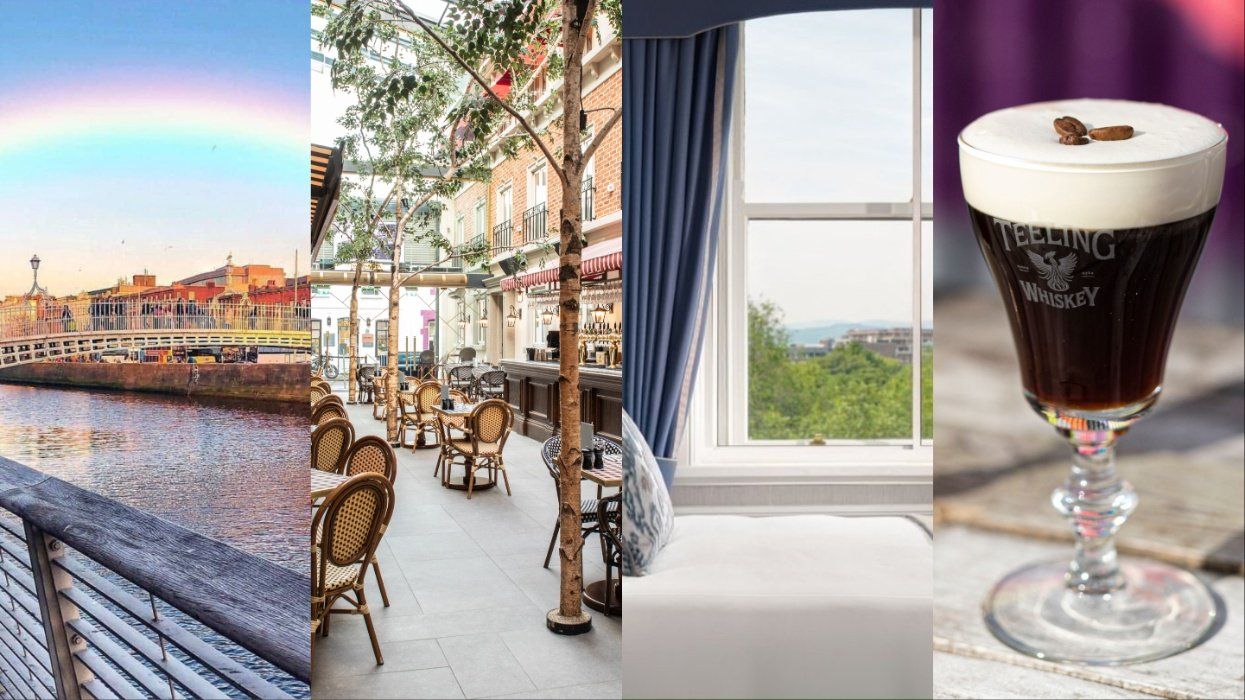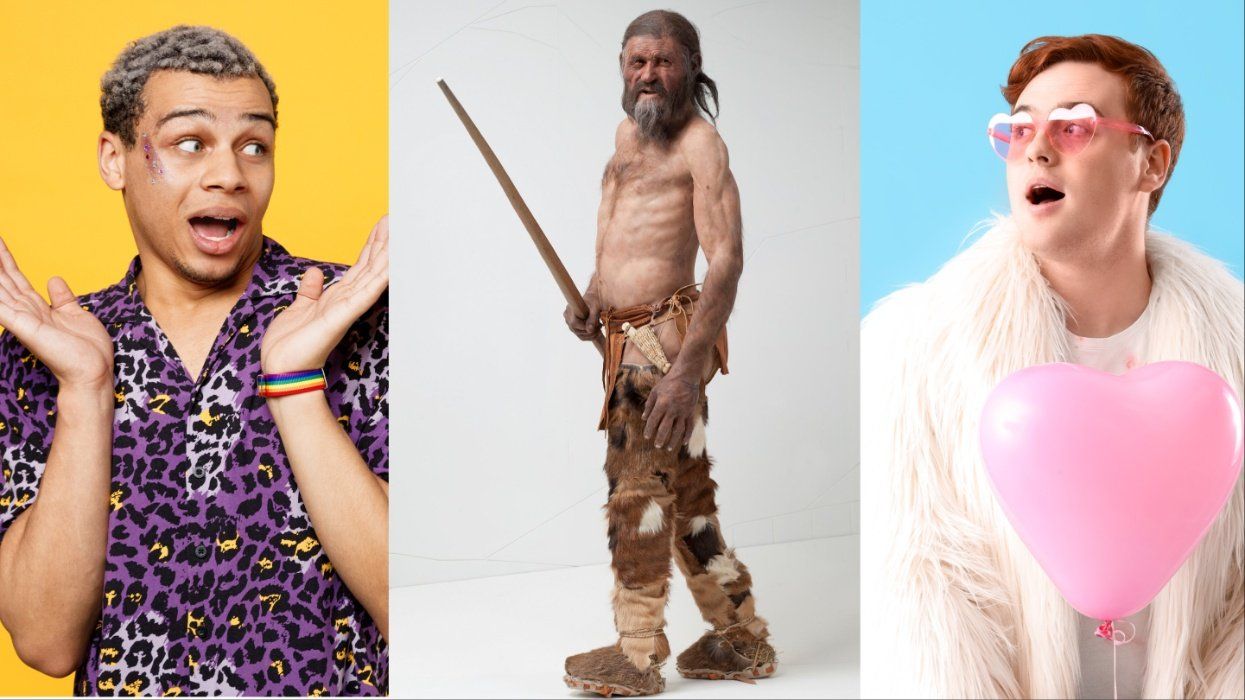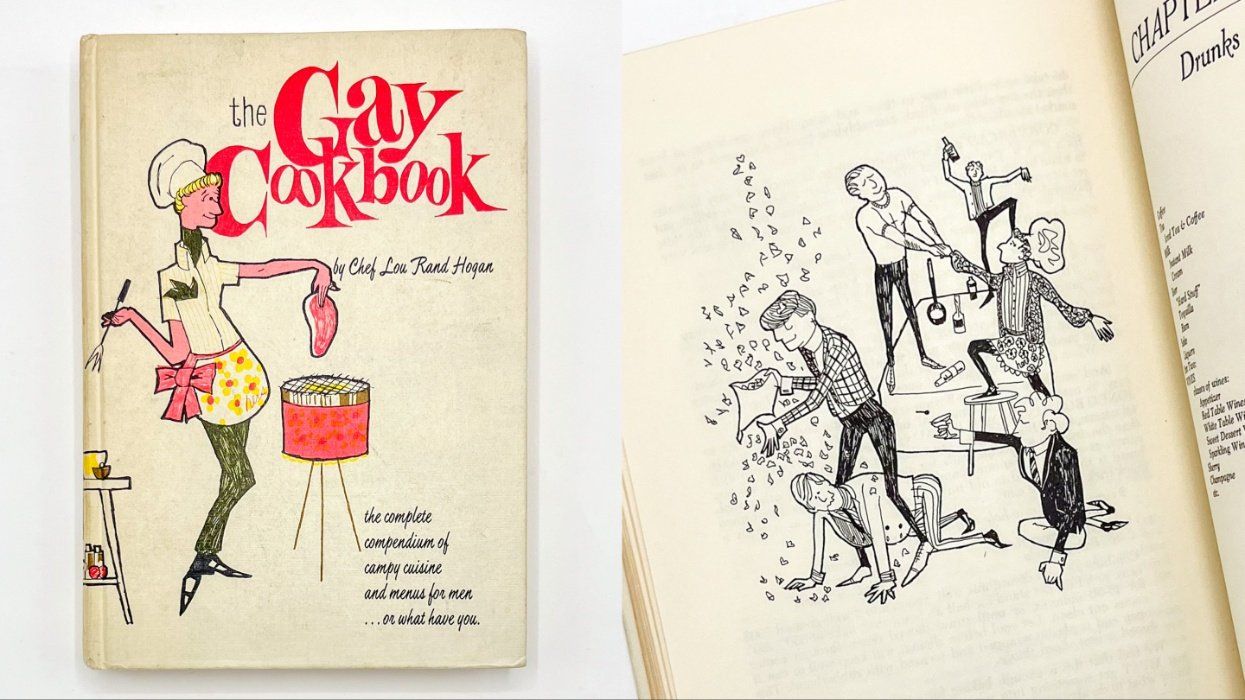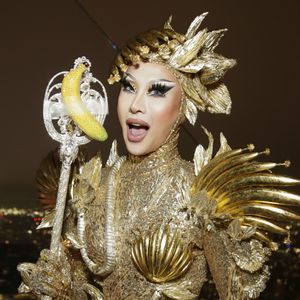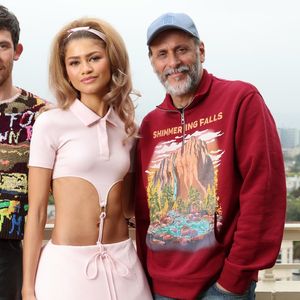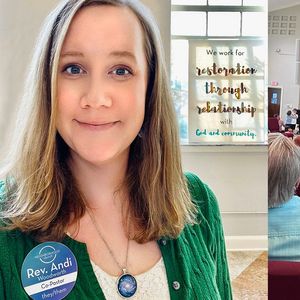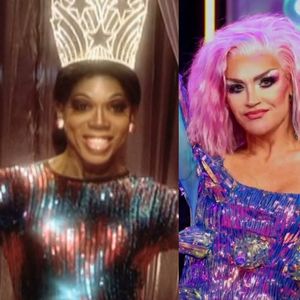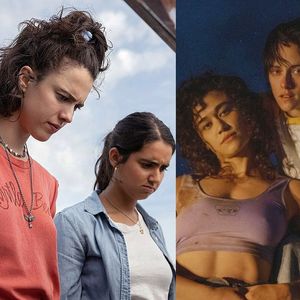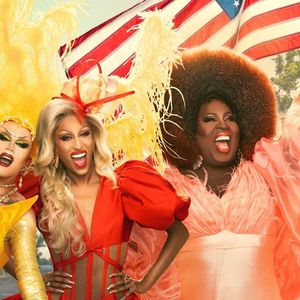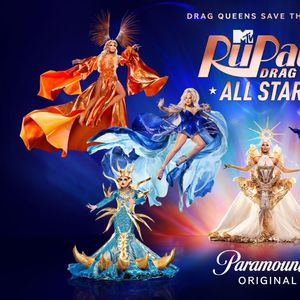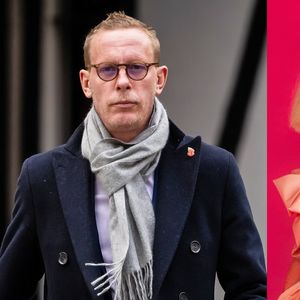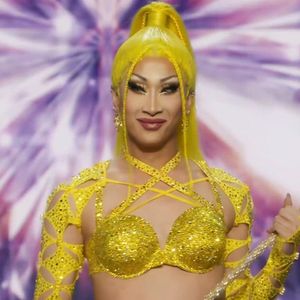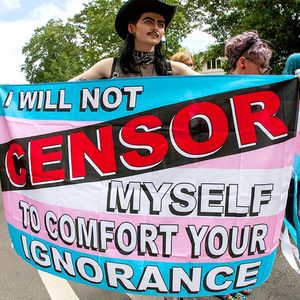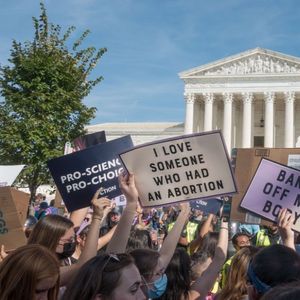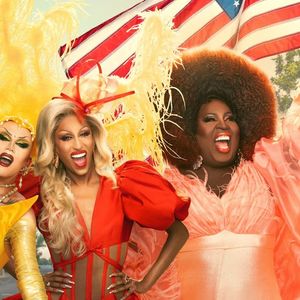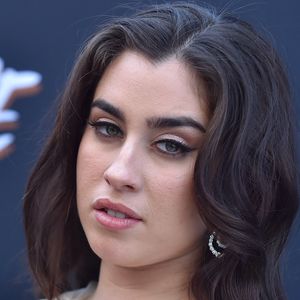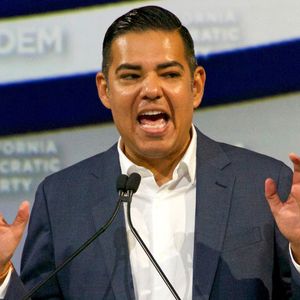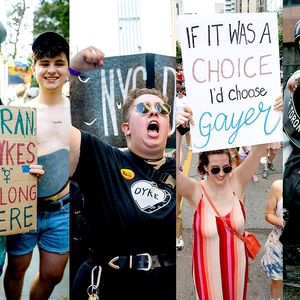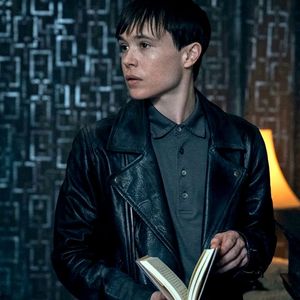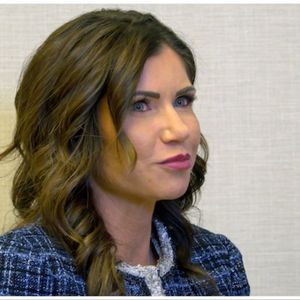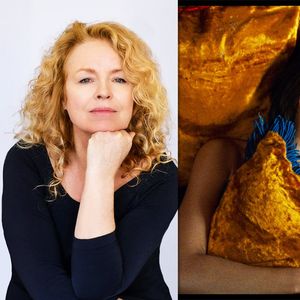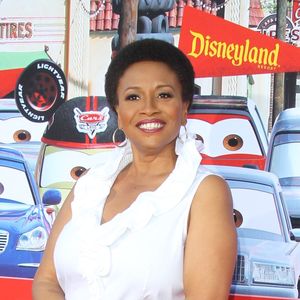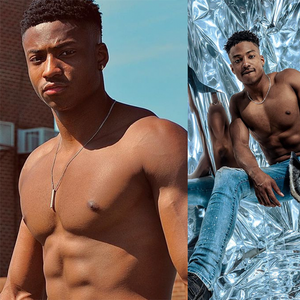When "Vanity Fair" published an "intimate guide to New York after dark" in 1931, it promised that the tourist could see "anything" on Broadway at night. There were the "song writers, college boys, big shots, and bootleggers," of course. But there also were the "pansies." In fact, pansies were all the rage. The latest trend in nightclubbing was to catch one of the gay acts headlining at the theater district's most popular clubs. Some street queens had even struck on a way to capitalize on their kind's sudden notoriety. "The latest gag is to have your picture taken with one or two pansies on Times Square," a tabloid reported that year. "The queens hang out for the novel racket."
The prominence of gay life in New York has waxed and waned over the decades -- gay performers haven't always been the city's most popular club draws -- but Manhattan has been an important mecca for lesbians and gay men for more than a century. I have studied their history for some 20 years now, and I can't help but notice its lingering traces whenever I wander the city's streets: the shoe stores on West Eighth Street, where the neighborhood's most popular gay bars stood half a century ago. The Italian restaurant on MacDougal Street, where lesbians gathered a quarter century before that. The stretches of Central Park West, Third Avenue, and Greenwich Avenue that were major cruising strips long before gay men made Christopher Street their own.
Most of all I'm struck by the resourcefulness of the lesbians and gay men who preceded the Stonewall generation, and by the courageously bold face many of them presented to the world. The idea lingers that gay people before Stonewall were invariably isolated, invisible, and despised, but in fact many of them participated in a lively, satisfying, and at times astonishingly visible gay world, an international network that the British-born poet W.H. Auden once wryly termed "the Homintern" (for Homosexual International).
WALT WHITMAN'S CITY OF ORGIES
By the 1920s, New York had become a central hub in the international gay circuit that connected London; Berlin; Paris; Havana; San Juan, Puerto Rico; and Mexico City, not to mention Chicago; Washington, D.C.; Detroit; and San Francisco. Berlin, with its steamy cabarets, brothels, and mass-based homosexual political organizations, was unquestionably the world's gay capital in the 1920s. (Think of Christopher Isherwood's "Berlin Stories," or the movie and especially the play based on them, "Cabaret.") A close competitor was Paris, whose cultural sophistication and laissez-faire lifestyle drew queer iconic American expatriates like Gertrude Stein and Josephine Baker, but New York, as well, was a mecca for gay travelers of the period. The young Spanish poet Federico García Lorca, for one, visited New York in 1929, drawn by Walt Whitman's mesmerizing descriptions of this great "City of Orgies" as well as the intoxicating jazz clubs of Harlem. Isherwood and Auden journeyed to the Big Apple when the rise of fascism forced them to abandon Berlin. Isherwood moved on to California, but Auden fell in love, took American citizenship, and stayed in New York, where the homes he shared with Chester Kallman in Brooklyn and then on St. Mark's Place in lower Manhattan became important meeting grounds for European visitors and the city's literary elite.
Then, as now, New York itself had a cosmopolitan, global feel. In 1910, two out of five New Yorkers had been born abroad -- the highest percentage ever -- and whole swaths of the city were colonized by immigrant Italians and Russian Jews as well as by African-Americans fleeing the racial oppression of the South. Some native-born white Americans were horrified, but many others were fascinated by the unfamiliar new worlds taking shape around them. In the 1920s, New Yorkers became tourists in their own city, exploring Harlem's jazz clubs, Greenwich Village's Italian restaurants, and the gay clubs that filled both neighborhoods.
Ironically, Prohibition itself helps explain why the 1920s and 1930s stand out as some of the most exuberant years in New York's gay history. Passed at the height of the jingoistic moral fervor and anti-immigrant sentiment inspired by World War I, the Eighteenth Amendment was designed above all to destroy the urban saloons that drew a volatile mix of immigrant working men. But by virtually criminalizing nightlife, Prohibition upended the old boundaries between respectable and unrespectable venues and forced middle-class New Yorkers to depend on mostly immigrant Italian and Jewish criminal entrepreneurs to supply their entertainment. Suddenly every club, not just gay clubs, had to pay off the police to stay open, and the growing allure of speakeasy culture fed the middle class's taste for crossing social boundaries and seeking outré entertainment. Gay and lesbian clubs not only proliferated in this climate but received unprecedented attention.
THE VILLAGE'S QUEEN OF THE THIRD SEX
Greenwich Village, the city's preeminent bohemian neighborhood, was already well known by WWI for its "long-haired men" and "short-haired women." During the '20s it became famous for its outlandish theme clubs such as the Pirates' Den near Sheridan Square, and personality clubs run by charismatic proprietors, such as Polly's Hideaway. The block of MacDougal Street south of Washington Square was especially crowded with bohemian restaurants, cafés, shops, and tearooms, several of them run by lesbian "personalities." The most famous was known simply as Eve's Place, at 129 MacDougal St., now the site of a charming Italian restaurant, La Lanterna (upstairs), and a jazz club (downstairs). Its original proprietor, Eva Kotchever, was a Jewish Polish émigré who preferred to operate under the wickedly transgender name "Eve Addams." She put a sign at the door announcing that MEN ARE ADMITTED BUT NOT WELCOME. Inside the tiny space Eve organized poetry readings, salons, and discussions, with "sexual topics" being a favorite. Although some Villagers hailed her as "the queen of the third sex," others denounced her as a "man-hater." One neighborhood paper condemned "Eve's Hangout" as a place "where ladies prefer each other" and declared that it was "not very healthy for she-adolescents, nor comfortable for he-men." Her detractors finally triumphed, and the police raided the premises in the summer of 1926. Eve, charged with obscenity for writing a book called "Lesbian Love", was deported at the end of the year. Ever resourceful, she reportedly moved to Paris and opened a lesbian club in Montmartre.
Back on MacDougal Street, the "lisping boys and deep-voiced girls" found new homes away from home at the Black Rabbit, Louis' Luncheon, Julian's, the Bungalow, and other boîtes crowded into the lively two blocks south of the Square. Just two doors north of Eve's old haunt stood the Provincetown Playhouse, where playwright Eugene O'Neill got his start, and the neighborhood's easy interplay between gay and straight literati was reflected in his work. Charles Marsden, a character in his 1928 play "Strange Interlude", was named after two gay acquaintances from Provincetown and the Village, the painters Charles Demuth and Marsden Hartley.
The easy mixing of gay and straight was also apparent at the fund-raising dances thrown by the Village's Liberal Club in Webster Hall (still a popular dance club on East 11th Street). By 1918, undercover investigators reported that an increasingly "prominent feature of these dances is the number of male perverts who attend them," and warned that the straight organizers conspired with the "perverts" to protect them from the police. By the 1920s gay and lesbian Villagers were staging their own balls, whose elaborate costume pageants soon became a major tourist draw.
HARLEM'S QUEERLY ASSORTED THRONGS
The Webster Hall balls paled in comparison, though, to the extraordinary annual drag ball held on West 155th Street in Harlem's Rockland Palace (since torn down). Organized by a black fraternal organization, the Hamilton Lodge No. 710 of the Grand United Order of Odd Fellows (the "VERY Odd Fellows," as one black columnist quipped), the Hamilton Lodge Ball was known simply as the Faggots' Ball by the 1920s and attracted up to 8,000 dancers and spectators at the height of its popularity. As the great African-American poet Langston Hughes recalled, "During the height of the New Negro era and the tourist invasion of Harlem, it was fashionable for the intelligentsia and the social leaders of both Harlem and the downtown area to occupy boxes at this ball and look down from above at the queerly assorted throng on the dancing floor." The spectators ranged from leading lights of black society and the Harlem Renaissance such as the singers Nora Holt and Taylor Gordon, the writers Wallace Thurman and Bruce Nugent, and the heiress socialite A'Lelia Walker, to downtown celebrities and perennial gay favorites Tallulah Bankhead, Beatrice Lillie, and Clifton Webb, to such pillars of old New York respectability as the Astors and Vanderbilts.
As the circuit parties of their day, the drag balls provide a startling glimpse of the national scope of gay life in the 1920s. Men traveled from across the country to attend the Hamilton Lodge Ball and other cities' signature balls, and partisans trumpeted the virtues of the New York ball over its rivals in Chicago, New Orleans, and Berlin. Those who couldn't attend the balls were treated to detailed accounts of them in the black press and Broadway gossip sheets. Tell the next person who claims gay life was always shrouded in secrecy before Stonewall about a front-page banner headline in a 1932 Broadway tabloid. FAG BALLS EXPOSED, it screamed; 6,000 CROWD HUGE HALL AS QUEER MEN AND WOMEN DANCE.
The popularity of the balls in Harlem also puts to rest the old shibboleth that black society is somehow inherently more homophobic than white. In the 1920s Harlem's glamorous clubs and nonstop nightlife made it known as the Paris of New York. Clubs welcoming lesbians and gay men stood next to the Cotton Club, the Savoy Ballroom, and other major venues in the neighborhood's bustling entertainment district, which stretched from 130th to 138th streets between Fifth and Seventh avenues. Queer entertainers, especially male and female impersonators, were the main draws at some of the most popular clubs.
None were more popular, or notorious, than Gladys Bentley, a 250-pound lesbian renowned for her white tuxedos, white girlfriends, and salacious adaptations of popular ballads and show tunes. She got her start performing at private parties and cellar clubs but eventually worked her way into the big time, getting long gigs at Hansberry's Clam House and the Ubangi Club, both on the jumpin' nightclub strip of West 133rd Street known as "Jungle Alley." Both clubs attracted an interracial mix of writers and entertainers, including many lesbians and gay men, who adored her "bulldagger" looks and her inspired reworkings of popular tunes. At the Ubangi she was backed by a "pansy chorus line" of female impersonators. For those interested in more discreet double entendre lyrics, there was the Hot Cha Club on 132nd Street, presided over by the elegant host Jimmie Daniels (who later became the lover of renowned architect Philip Johnson).
Harlem, Greenwich Village, and Times Square (which attracted legions of gay chorus boys, actors, designers, and other theater workers) were host to the city's three most significant gay residential enclaves in the 1920s. Each neighborhood was also home to numerous restaurants, cafeterias, cafés, and speakeasies where gay customers predominated. Queer life spread far beyond these neighborhoods, though. The old Everard Baths, which reigned as the city's most famous gay bathhouse for at least 60 years before a disastrous fire in 1977, stood at 28 W. 28th St.
THE PANSY CRAZE OF 1930
The most astonishing time to visit New York would have been in 1930, when "Variety" declared that a "pansy craze" was sweeping the city and pulling the Village's classiest gay acts into the heart of the Times Square theater district. The Club Abbey pioneered the trend in the spring of 1930, when its proprietor hired Gene (a.k.a. Jean) Malin as master of ceremonies after seeing his act at a small Village club. As emcee, Malin strolled through the club, delighting, astonishing, and occasionally infuriating a mostly heterosexual audience with his camp wit. As a "Daily Mirror" columnist explained, "Standing on the floor for an hour at a time and making no bones about earning his living as a professional pansy, Malin intrigued those customers who did not resent this type of thing." He was such a hit that other clubs duplicated the formula that fall, prompting "Variety" to comment that New York's love affair with queer entertainers was beginning to match Berlin's and Paris's. The Argonaut, Club Calais, and the Everglades all jumped on the bandwagon. The trend culminated in December, when a new club opened its doors on 48th Street at Broadway. Calling itself the Pansy Club, it promised "something different," a panorama of "Pansies on Parade."
A gangland shooting at the Club Abbey the following month brought the pansy fad to a screeching halt. The police shut down the Abbey and started harassing other clubs with gay entertainers. Within a few months the most popular performers had abandoned the city for Hollywood and other points west.
Two years later the deepening economic depression and the repeal of Prohibition prompted a more systematic clampdown on the moral "excesses" of the Jazz Age, and to many people nothing seemed more excessive than the effervescence of queer nightlife. When the sale of liquor became legal again, bars and restaurants were prohibited from serving drinks to lesbians or gay men, or even letting them congregate on the premises. Gay life was pushed underground and became harder to find.
The truly remarkable thing, though, is that gay life continued to flourish, often under the noses of the very people who wanted to suppress it. Equally remarkable, gay visitors still managed to find it. To take just one example, gay professionals and businessmen quietly turned Midtown's most elegant hotel men's bars into gay meeting places.
A WATERING HOLE FOR WELL-DRESSED GENTLEMEN
Before (and after) World War II the fashionable Oak Room in the resplendent Plaza Hotel, at the southeast corner of Central Park, was one of the best-known such bars. "It was a choice place," one man recalled, "to conduct yourself with decorum and make a pretty good pickup." So was the King Cole Room in the equally posh St. Regis Hotel, just four blocks south, on Fifth Avenue at 55th Street, where King Cole still turns a gleeful eye toward his guests from Maxfield Parrish's 25-foot-long mural. (The mural originally graced the men's bar of the Knickerbocker Hotel on 42nd Street, also once a popular rendezvous for gay businessmen.) Drinks were expensive, the clientele was exclusive, and the staff, as one man told me, "were polite and congenial." It attracted "very well-dressed gentlemen, definitely a coat-and-tie crowd." The St. Regis, he thought, exemplified the quality of gay life then. "I don't think it's just a dream -- life was more gracious than it is today."
During World War II the less exclusive (and somewhat less discreet) Astor Hotel bar on Broadway at 44th Street became the most illustrious meeting place of its kind in the world. Word spread among American soldiers across Europe and the Pacific that if they ever passed through New York, the Astor was the place to go if they wanted to find a patriotic New Yorker willing to do his part for "the boys" by inviting them home for the night. Like many such bars, the Astor had a finely calibrated gay geography. Gay men gathered on only one side of the enormous black oval bar, where the bartenders treated them respectfully but made sure they did nothing "obvious" that would identify them as gay. As one wartime patron of the bar later complained, "The management would cut us down a little bit when it felt we were getting a little obvious. If you got a little too buddy, or too cruisy, too aggressive, they'd say ‘Cut it out, men. Why don't you go somewhere else?' " The straight men on the other side of the bar, in the meantime, could do whatever they wanted. "They could put their arms around each other, they could touch." They were just being guys.
Most gay men considered this sort of treatment to be the price of admission at a time when a bar could be shut down just for serving them a drink, so places like the Astor inspired fierce loyalty. When the Astor was razed in 1967, two years before the Stonewall riots, it still loomed so large in the gay imagination that a Philadelphia gay magazine published a farewell tribute to it. It seemed that a certain era in gay life had come to a close.
Where to Retrace Manhattan's Golden Gay Age:
Rockefeller Center
Fifth Avenue between 48th and 51st streets
This 22-acre triumph of art deco design was completed in 1939, when the area above the sunken plaza quickly became a popular cruising area for gay men.
Webster Hall
125 E. 11th St., between 3rd and 4th avenues
Built in 1886 and home to the Village's biggest drag balls in the 1920s, Webster Hall is once again a major concert and dance party venue, albeit predominantly straight nowadays.
Bloomingdale's
59th Street and
Lexington Avenue
This iconic department store, first housed here on the Upper East Side in 1886, was known for its gay clerks by the 1910s, when a saloon across the street became a popular "fairy" hangout.
La Lanterna Caffe
129 MacDougal St., at West Third Street
Far from discreet, in the mid 1920s this was the Village's most notorious lesbian tearoom, run by the renowned "queen of the third sex" and author of "Lesbian Love," Eve Addams. Police raided and closed it down in 1926. It's now a pleasant café and restaurant, with a jazz club downstairs.
AMC Empire 25
234 W. 42nd St., between 7th and 8th avenues
Before this theater was rolled 168 feet down 42nd Street and turned into a 25-screen cineplex between 1998 and 2000, it started life in 1912 as the Eltinge theater, named after the nation's most beloved female impersonator, vaudeville actor Julian Eltinge (1881–1941). It served as a notorious burlesque theater before being shut down in a "public morality" campaign in 1943, and it still has most of the original terra-cotta façade and elements of its once grand lobby.
Cort Theatre
138 W. 48th St., between 6th and 7th avenues
In 1927, shortly after the police arrested the casts of "The Captive" (a French play about lesbianism) and "Sex" (Mae West's play about…well, sex), the state legislature passed a law banning gay characters from the stage. That didn't stop the Cort from staging Mordaunt Shairp's "The Green Bay Tree," about a wealthy bachelor's affection for his adopted working-class "son," in 1933.
King Cole Room
In the St. Regis Hotel,
2 E. 55th St., at Fifth Avenue
The Astor Hotel was torn down long ago, and the Plaza has been partly converted into condos, but the King Cole Room endures. See Maxfield Parrish's glorious King Cole mural (recently restored) to get a taste of the elegance of the old hotel bars where gay businessmen discreetly gathered.

